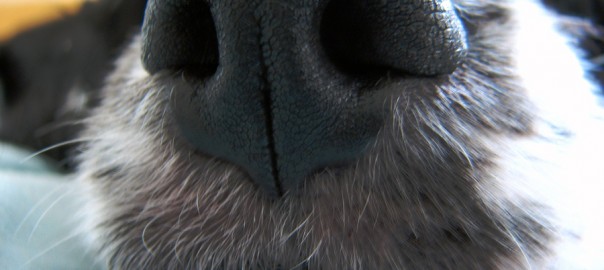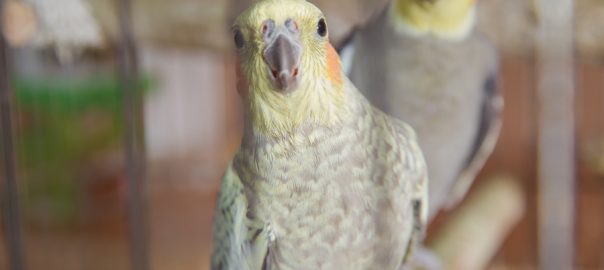It’s not fake news: Some pain creams and other human topical medications are very dangerous to your pets. Here’s what I told a reader who asked about it.
Q: I saw a meme on Facebook saying that Voltaren pain cream is toxic to dogs and cats. Is that true?
A: Yes. Diclofenac, the active ingredient in Voltaren, is a nonsteroidal anti-inflammatory drug used to treat osteoarthritis pain. The topical 3% gel is also used to treat a skin problem called actinic keratosis.
Voltaren comes in a gel/jelly, cream, spray and extended-release patch. If you pet your animal after applying Voltaren without washing your hands with soap and water, or if pets lick your skin where the medication has been applied or chew on the patch, they can develop gastrointestinal ulcers and kidney damage.
Similar products that can cause problems include hormone patches or topical hormone sprays, creams and gels. Pets who ingest these products can experience hair loss, mammary or nipple enlargement, a shrunken penis in males, and bloody discharge or a swollen vulva in females.
A psoriasis cream called Dovonex, which contains a synthetic form of vitamin D (itself a hormone), can cause unusual thirst, appetite loss, and severe vomiting or diarrhea.
To protect pets, wear disposable gloves when applying gels or creams, and toss gloves in an inaccessible garbage can when you’re through. The same goes for disposing of hormone patches. Apply creams or gels to areas your pet is unable or unlikely to lick, such as the inside of the thighs. If you’re using a spray, wear clothing that covers the treated area. Even if you wear gloves to apply the product, wash your hands with soap thoroughly — for as long as it takes you to sing “Happy Birthday” twice through — before touching pets, children or food, including pet food.
Before you apply any product, prescription or otherwise, read the label or package insert to make sure it’s not toxic to pets or children if ingested.
There’s more in Pet Connection, the weekly nationally syndicated pet feature I co-write with Kim Campbell Thornton and my daughter, trainer Mikkel Becker.




